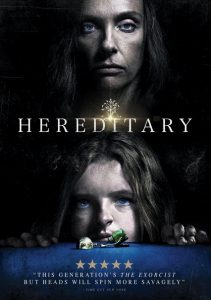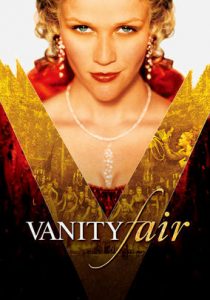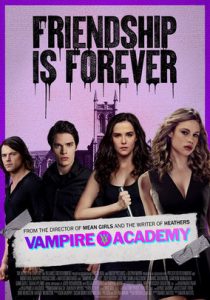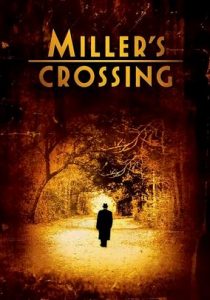Excalibur-1981
Director John Boorman
Starring Nigel Terry, Nicholas Clay, Helen Mirren
Scott’s Review #1,108
Reviewed February 4, 2021
Grade: B+
John Boorman, most famous for directing a 1972 disturbing classic film Deliverance returns to the fold with steamy fantasy rich with lavish sets, visual treats, and an incredible atmosphere.
This is where the film succeeds.
We are taken to a medieval world where we embrace jealousy, sex, and schemes.
Boorman not only directs but produces and co-writes the project along with the screenwriter Rospo Pallenberg.
Excalibur (1981) retells the legend of King Arthur, a British leader from the fifth and sixth centuries mostly told by folklore, and the Knights of the Round Table, based on the 15th-century Arthurian romance Le Morte d’Arthur, at behemoth length, by Thomas Malory.
The table is symbolic because it implies that there is no head and therefore a democratic forum.
This telling is quite adult and not suitable or comprehensible for children.
Famous legends like Merlin (Nicol Williamson), Lancelot (Nicholas Clay), Queen Guenevere (Cherie Lunghi), and Morgana (Helen Mirren) appear alongside Arthur (Nigel Terry) in a furious battle for control.
In a flurry of handsome European actors who would later become famous, Patrick Stewart and Liam Neeson both appear.
Most of the male cast are masculine, hunky, and very handsome. These traits cascade to how good they look in full body armor, shields, and swords doing bloody battles with each other.
Homoerotic scenes exist just as they did in Deliverance. Lest we only focus on the male cast, Helen Mirren is delightful as an evil seductress who oozes sex appeal.
The magical sword of Excalibur starts in the hands of a British lord Uther Pendragon (Gabriel Byrne) and then, years later, finds its way to his bastard son, Arthur, who is destined to become king but doesn’t realize why.
Merlin helps Arthur fulfill his fate by bringing together the Knights of the Round Table at Camelot and unifying the country.
Years later Arthur faces greater tests ahead in pursuit of love, the Holy Grail, and his nation’s survival as some attempt to steal the treasure for their advantage.
Excalibur had me with the visuals and I was able to immerse myself in the spectacular style and artistic set design with gorgeous sequences.
Several creative and glimmering shots of someone either emerging from or submerged underwater are featured. They are startlingly beautiful.
I pretended I had been whisked away to an otherworld of enchantment that I could sit back and enjoy.
The knowledge that the entire film was shot in Ireland captured and enraptured me. The breathtaking greenery and waterfalls are dreamlike. When Lancelot beds Guenevere in the forest they both appear nude. Their pale white flesh against the green is both magical and seductive.
And a treat for one’s curious eyes.
The story is overly complicated with reality mixed with either dreams or fantasy and some of the plots confused me. I finally got to a point where the intricacies became too much for me to comprehend especially against the stunning backdrops.
The plot became too jumbled and messy so it is advisable to drift off and take it all in rather than trying to make sense of everything.
A visual marvel Excalibur (1981) will delight the apt film fan. I fantasized about how the picture would look and feel on the big screen but I wasn’t that lucky.
The story is obviously far-fetched and ludicrous at times, but somehow that doesn’t matter and didn’t hinder my enjoyment of it.
I was treated to good-looking people in armor, unique costumes, and various states of undress. And that’s just fine with me.




